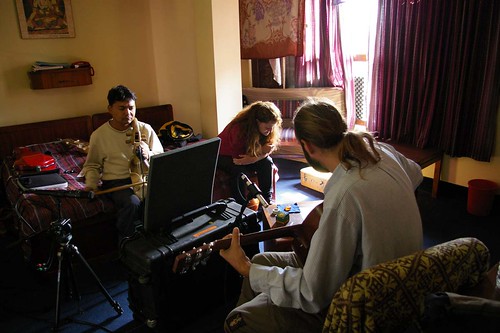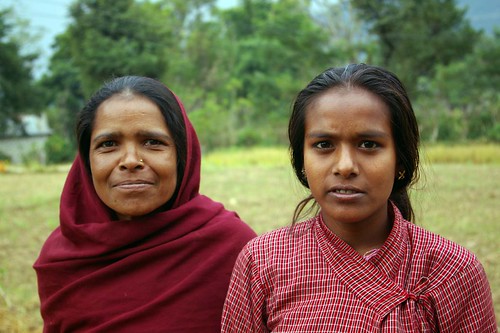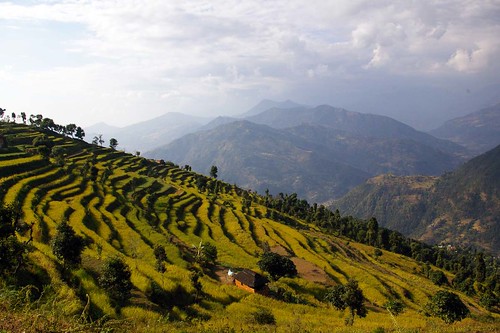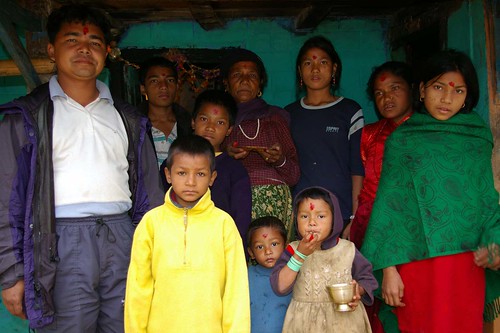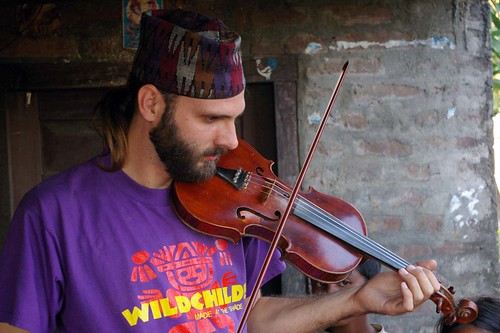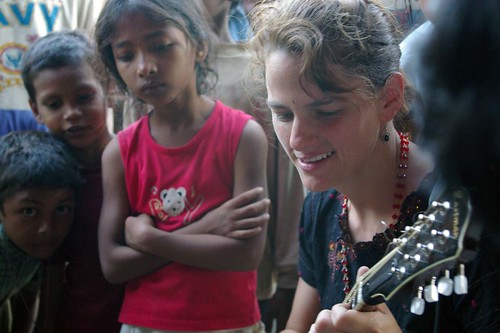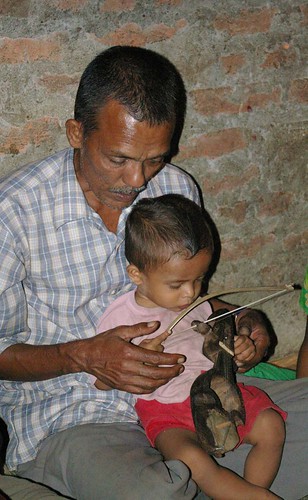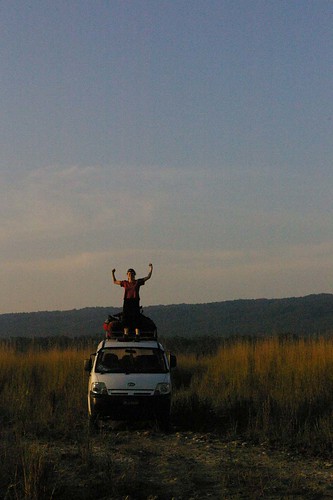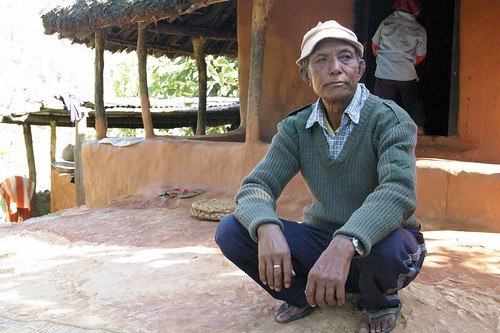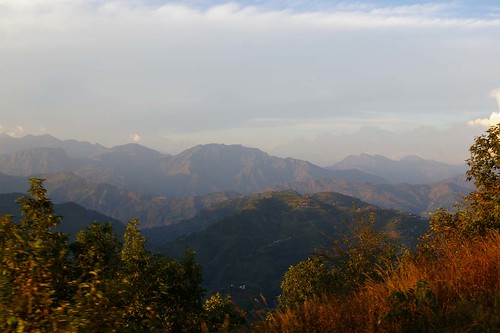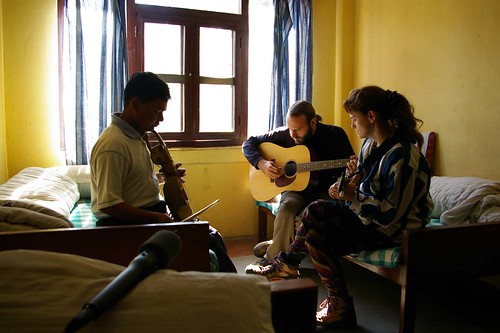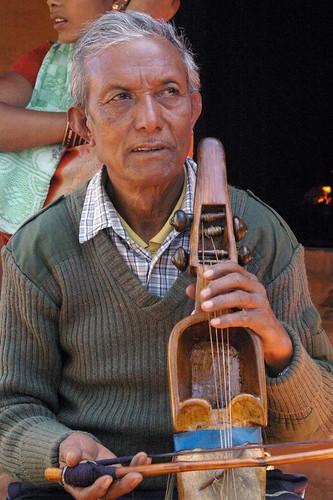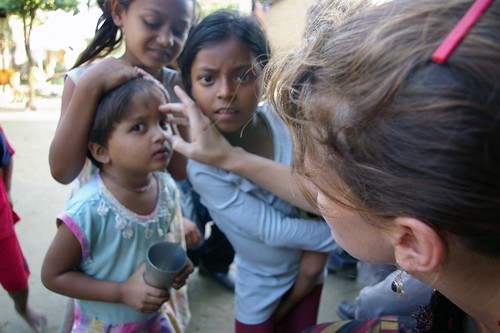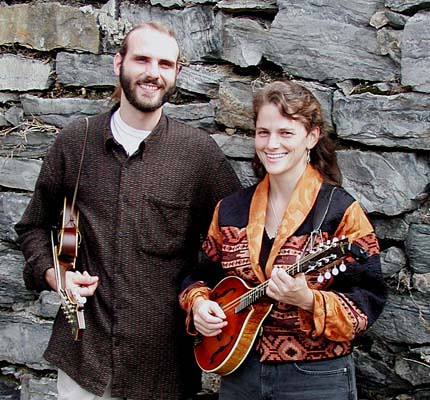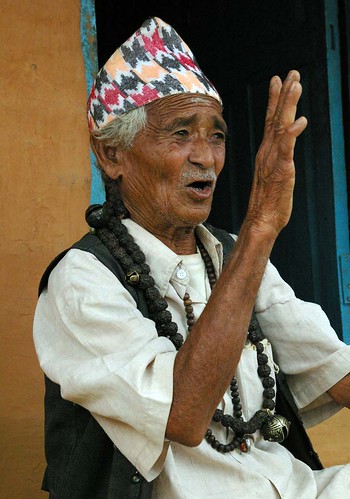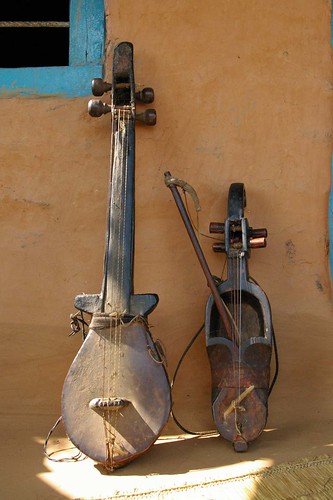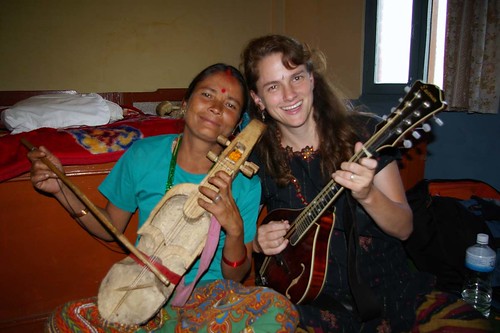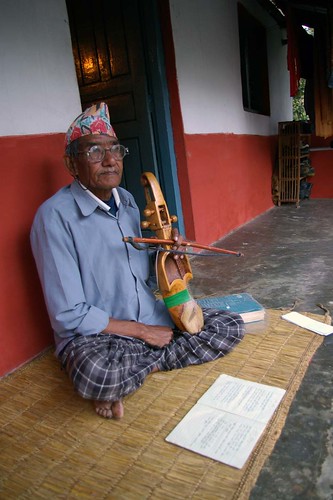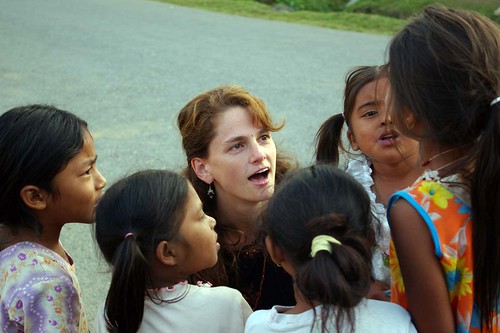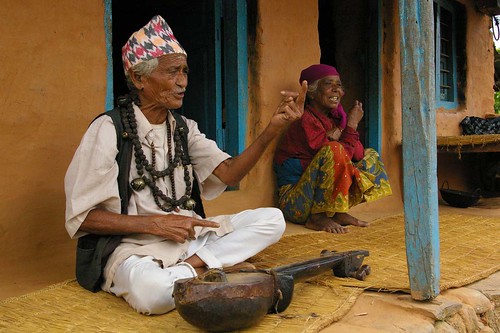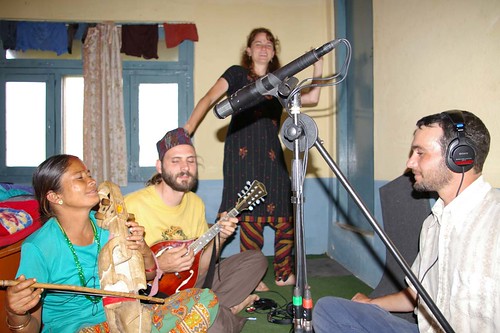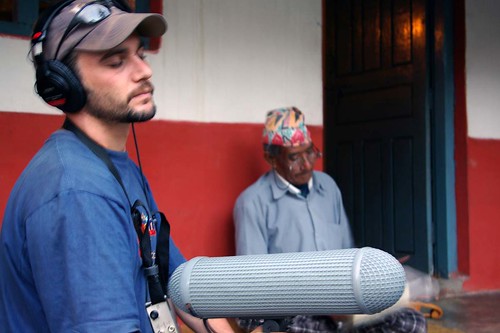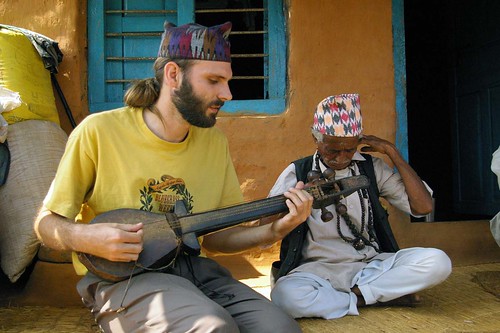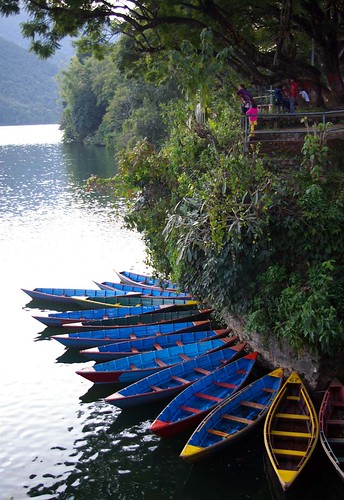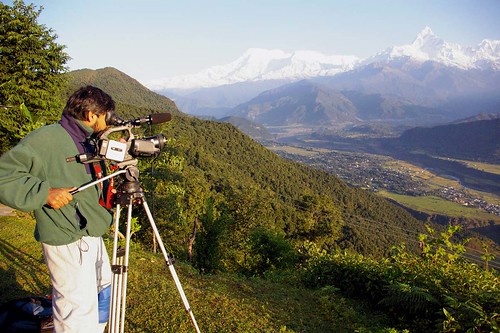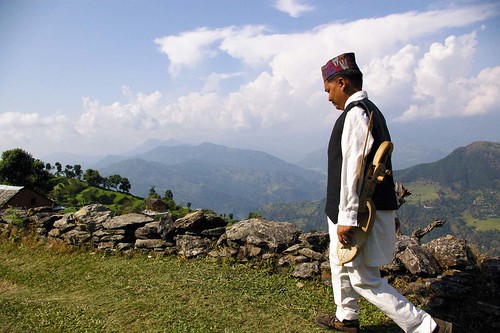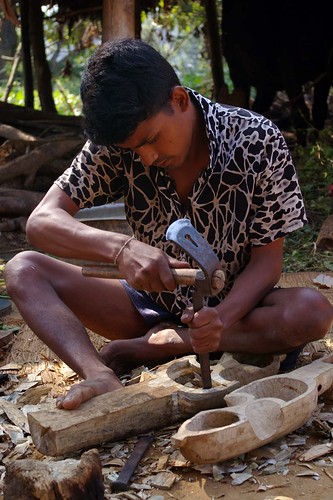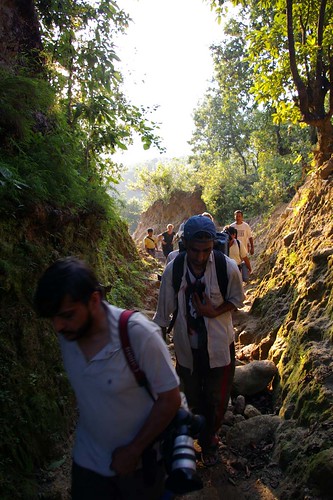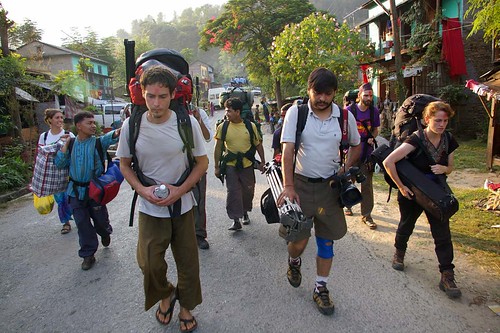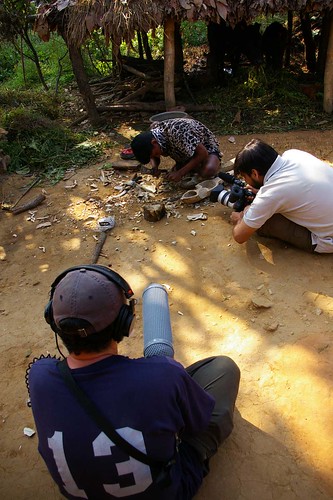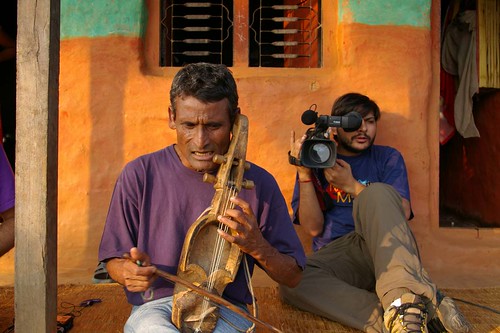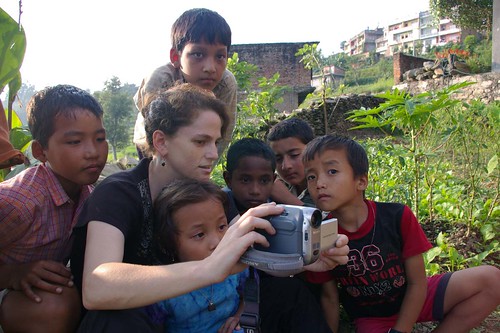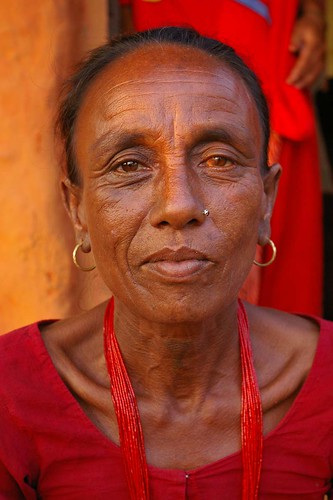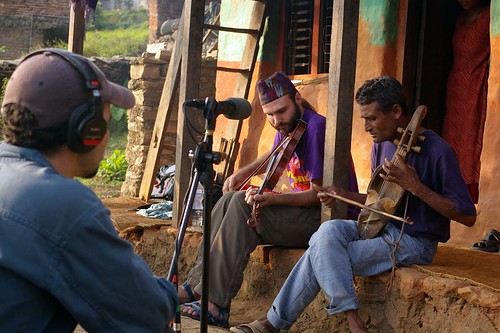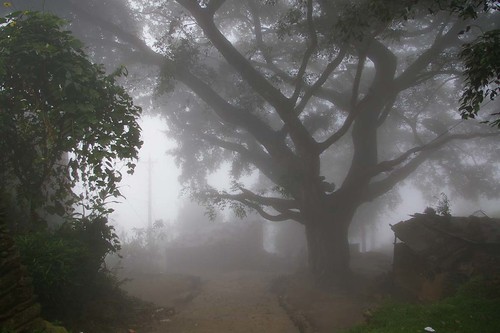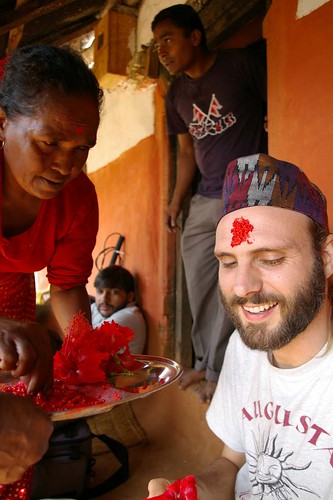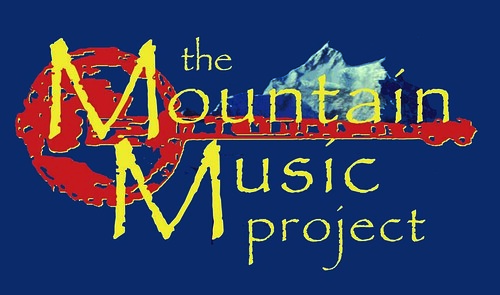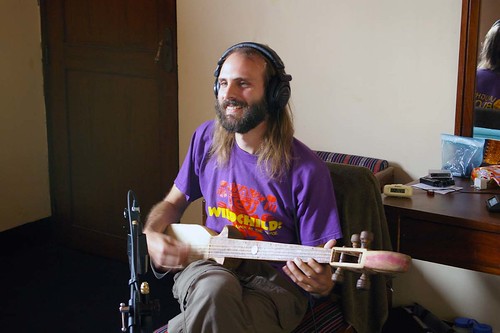
We're about finished with this musical ramble here in Nepal. We say our goodbyes, with lots of red tikka powder on our foreheads, kattak scarves and marigold leis presented at wellwishing ceremonies. The Gandharba Culture and Arts Organization just gave a press conference demanding better representation for Dalit (untouchable) castes in Nepali parliament. We hope they get it.
Tara and Danny are here for a few more days, maybe we can get them to write another post before they come back across the pond. They were just interviewed by our radio friends at Green Productions. Dan's on a bus to India to meet up with Monga. I'm gone tomorrow; back to the states for a few weeks to catch up on some sleep and do a little fundraising before the next adventure begins.
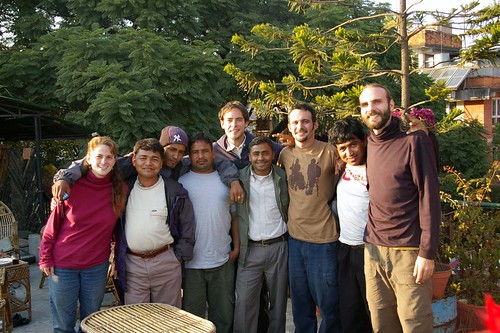 The studio recordings will have some tracks added back in the states by some bluegrass musicians who couldn't make the trip. The film awaits translations, a lot of cash, and a month in Monga's editing studio in Dehli. We're hoping to have the film and CD finished in about six months, but for now we're too broke to make any promises (guerilla ethnomusicological expeditions ain't cheap). We'll let you know right here when the goods are ready, or you can email us and ask to be put on the mailing list. No spam I promise.
The studio recordings will have some tracks added back in the states by some bluegrass musicians who couldn't make the trip. The film awaits translations, a lot of cash, and a month in Monga's editing studio in Dehli. We're hoping to have the film and CD finished in about six months, but for now we're too broke to make any promises (guerilla ethnomusicological expeditions ain't cheap). We'll let you know right here when the goods are ready, or you can email us and ask to be put on the mailing list. No spam I promise.Meanwhile we've got some handsome T-shirts embroidered with the Mountain Music Project logo on the front and a sarangi and mandolin on the back. If you donate $50 or more to our tax-deductibly non-profit sponsor, we'll be glad to send you one.
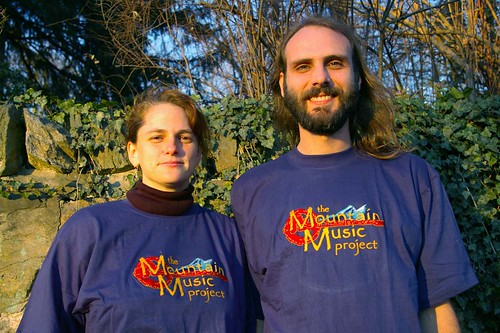
Please make your checks out to: Tundra Club
...and mail them to:
Mountain Music Project
c/o Tundra Club
686 Canyon View Road
Bozeman, MT 59715
USA
Email: mountainmusicproject@gmail.com to let us know your size.
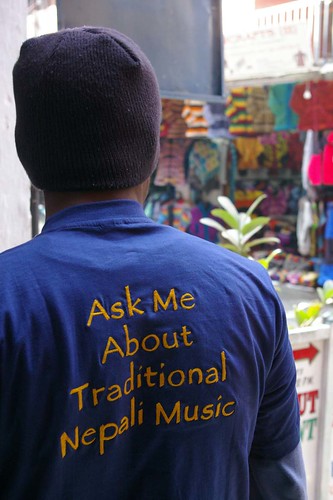 As we watch the Gandharbas selling their sarangis to the tourists in Kathmandu, we noticed that they could use a little marketing. We made em some shirts as well, hopefully these shirts will let the turistas know a little more about this unique and infectious music.
As we watch the Gandharbas selling their sarangis to the tourists in Kathmandu, we noticed that they could use a little marketing. We made em some shirts as well, hopefully these shirts will let the turistas know a little more about this unique and infectious music.I'd like to take a moment to thank some folks back who've made our work to date possible. Without the selfless efforts of Charity Smith, Barrett Golding, Joanne Lee, Shannon Kelley, and Gregg Orr, we'd have had a rough go on this trip. For our donors, who I'll keep anonymous for the time being, we'd hug you if you were here. Y'all helped send several poor kids to school, and helped us to work with some amazing musicians, hopefully not for the last time.

And I'd personally like to thank Monga and Praveen for rocking so hard behind the cameras and for giving so much of their time and talents.
I'll keep this blog updated as things develop and I'm putting up more mp3's on the old posts, but for now, it's on to the Himalayan task of fundraising. As for that next adventure? We'll let you know real soon. Those Tibetan banjos sound kind of bluesy...





